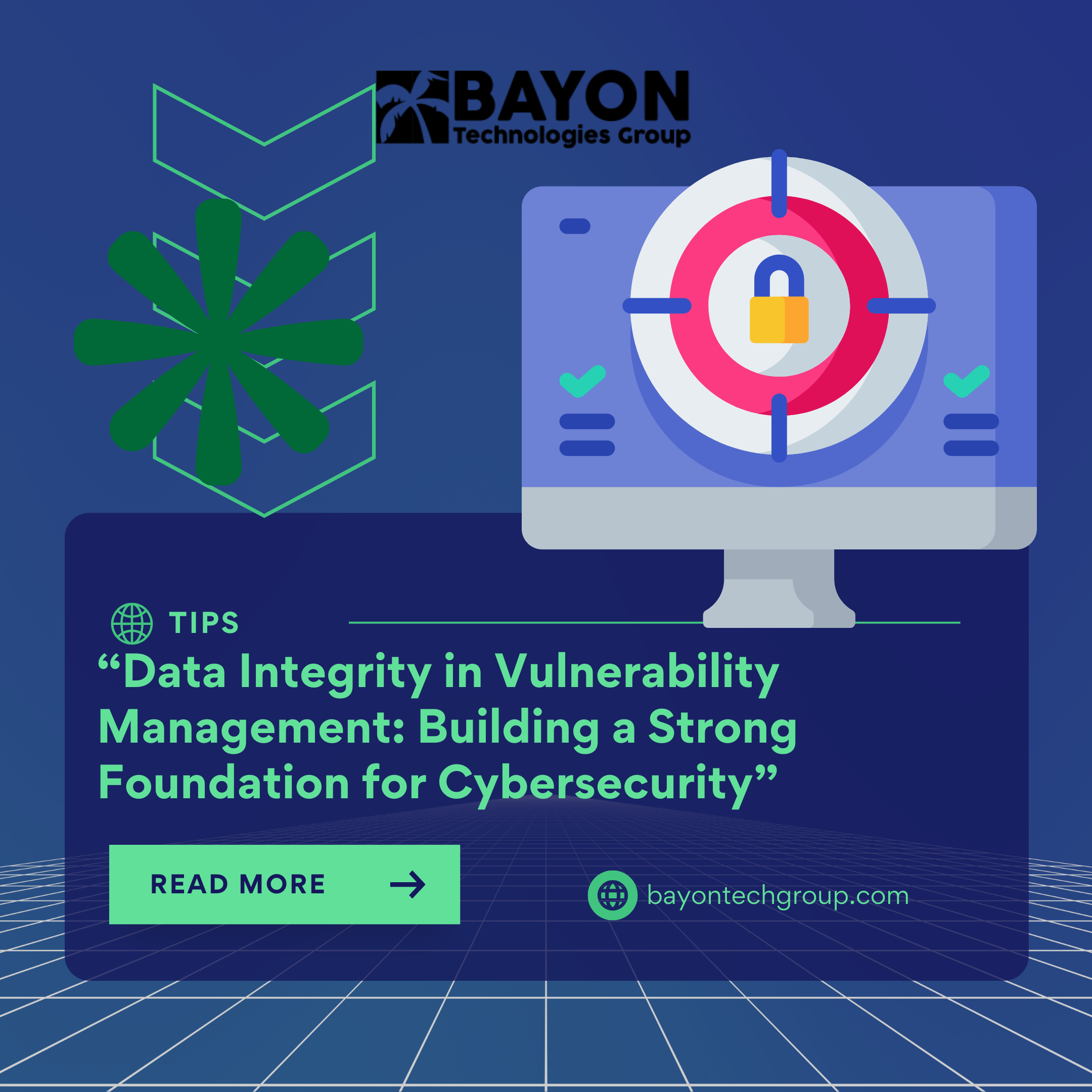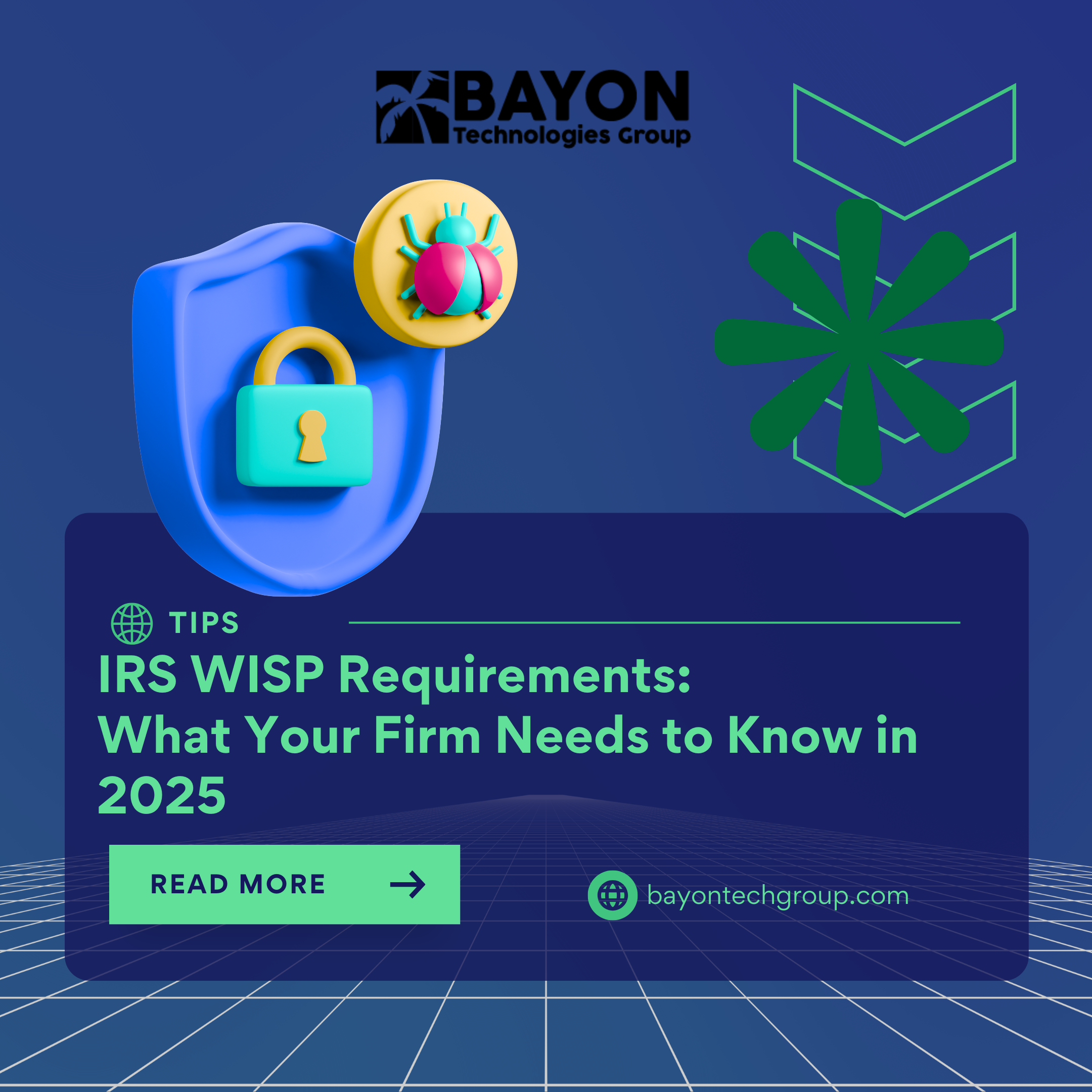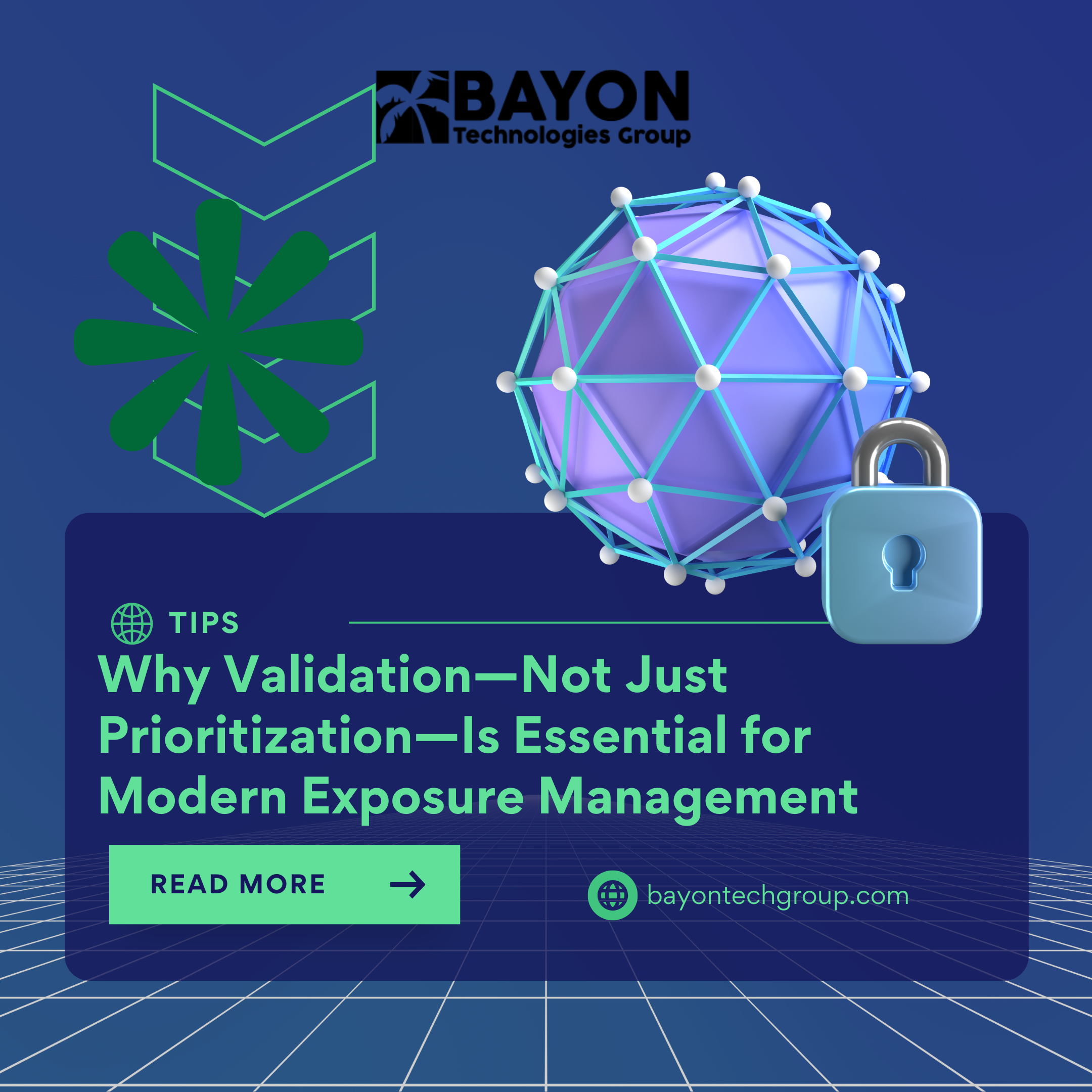Data Integrity in Vulnerability Management: Building a Strong Foundation for Cybersecurity

Vulnerability management, in the always-changing field of cybersecurity, is essential to safeguarding an organization's digital assets. But many people are unaware of how closely related a risk-based vulnerability management program is to other IT and cybersecurity projects. The caliber, precision, and timeliness of the data it uses determine its success. Vulnerability management uses a wide range of inputs, from asset inventories to network architecture designs. It is not only a best practice but also a requirement to guarantee data integrity in these procedures.
The Interconnected Nature of Vulnerability Management
Vulnerability management is a collaborative process. It uses information from a variety of sources, like as
- Network Architecture Diagrams: Recognizing possible weaknesses in your network requires an understanding of its architecture.
- Firewall Rules: These help identify high-risk locations by dictating what traffic is permitted.
- Asset Inventories: A thorough inventory of cloud and on-premises assets guarantees that nothing is missed.
- Regulatory or Contractual Obligations: The requirements for compliance influence the prioritization and resolution of vulnerabilities.
- Freeze Windows: Avoid interruptions by being aware of when computers cannot be scanned or updated.
On the other hand, patch management, configuration updates, and executive decision-making are informed by vulnerability management outputs, such as scan findings and risk assessments. This interdependence emphasizes how crucial it is to keep correct and current data.
The Risks of Poor Data Integrity
Inaccurate, out-of-date, or inadequate vulnerability data might have serious repercussions. Among the examples are:
- Stale Vulnerability Data: Time and resources are wasted when reports include unrelated information. Stale data can distort cyber risk estimates in programs like Qualys VMDR or Tenable Lumin, resulting in poor choices.
- Incomplete Asset Inventories: Vulnerabilities go unnoticed and neglected when assets are missing, creating blind spots.
- Outdated Reporting or Tagging Criteria: Data may be shared with the incorrect audience or completely ignored as a result of environmental changes that aren't represented in reports.
These issues highlight the need for robust processes to ensure data integrity in vulnerability management.
Best Practices for Maintaining Data Integrity
Take into account the following tactics to maintain the efficacy and efficiency of your vulnerability management program:
- Perform a Comprehensive Assessment of Your surroundings
- Health checks are provided by tools such as Qualys and Tenable to optimize your vulnerability management program and platform. Collaborating with specialists, like Deepwatch engineers, can yield more information and suggestions catered to the requirements of your company.
- Take Advantage of Dynamic Tagging
- Rarely are enterprise settings textbook-perfect. Use tags based on operating systems, installed software, or Active Directory OUs if more conventional tags like hostname or IP subnet don't adequately convey the structure of your company. Qualys and Tenable are two examples of tools that include special tagging features that might improve reporting accuracy.
- Boost Programs for Asset Management
- The efficiency of vulnerability management is closely related to accurate asset identification and tagging. Blind spots are less likely with a strong asset management program that makes sure all assets are tracked down and appropriately classified.
- Wherever possible, automate
- By streamlining data gathering and reporting, automation lowers the possibility of human error and guarantees that data is current.
How Bayon Technologies Group Can Help
We at the Bayon Technologies Group are aware of how important data integrity is to vulnerability management. Our knowledgeable staff can assist you in creating and sustaining a strong vulnerability management program by:
- Reviewing your surroundings in-depth to find any gaps and streamline procedures.
- Putting dynamic tagging techniques into practice to guarantee accurate and insightful reporting.
- Boosting your asset management initiatives to get rid of blind spots.
- Supplying continuing assistance to guarantee that your data is correct, current, and useful.
You can be confident that your vulnerability management program is based on integrity when Bayon Technologies Group is your partner. This will help you reduce cyber risk and successfully safeguard your company.
‹ Back






